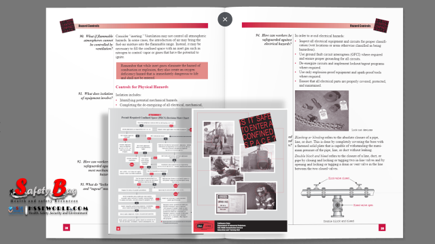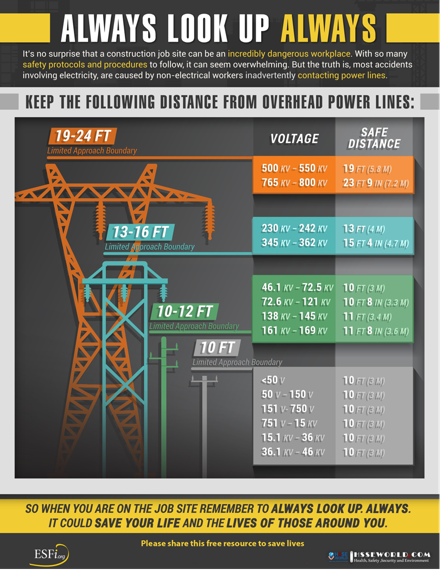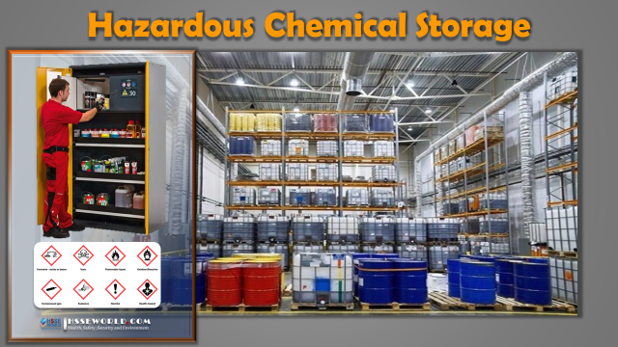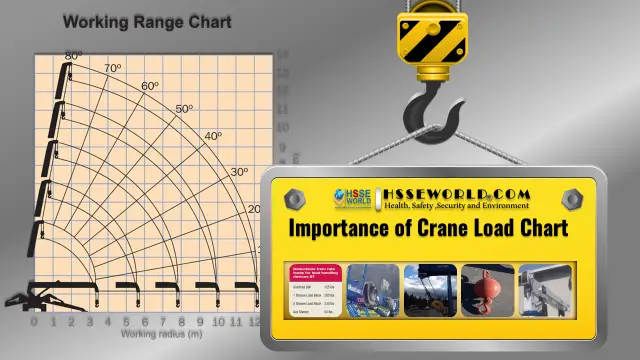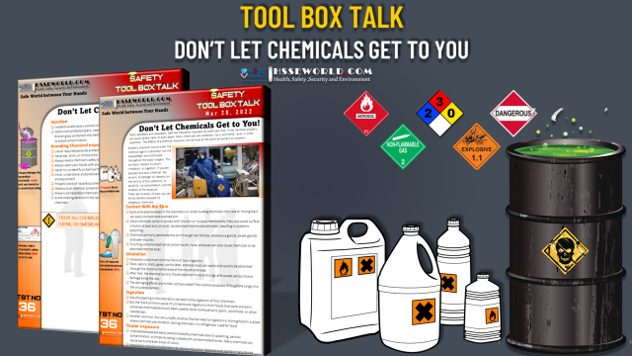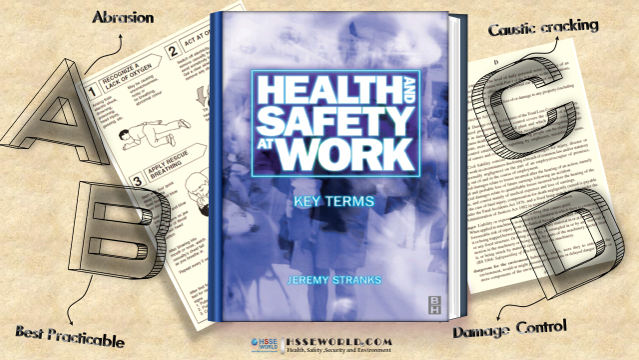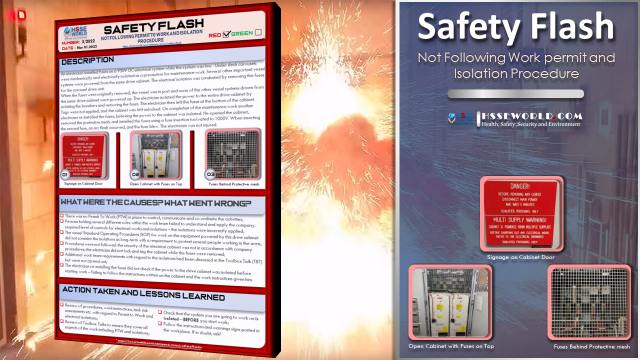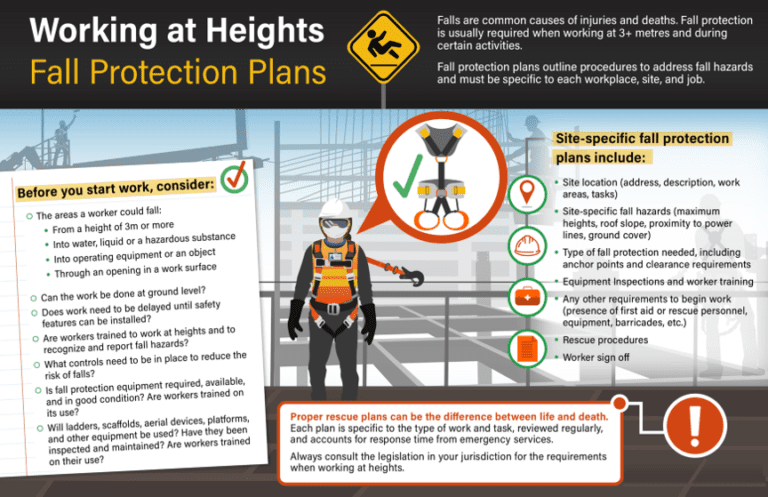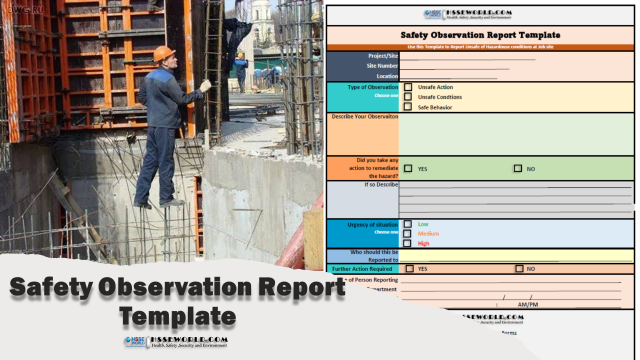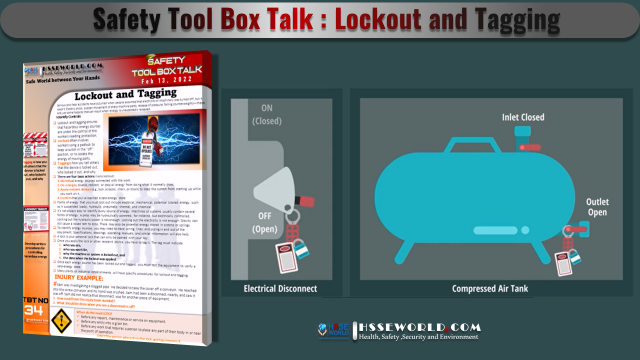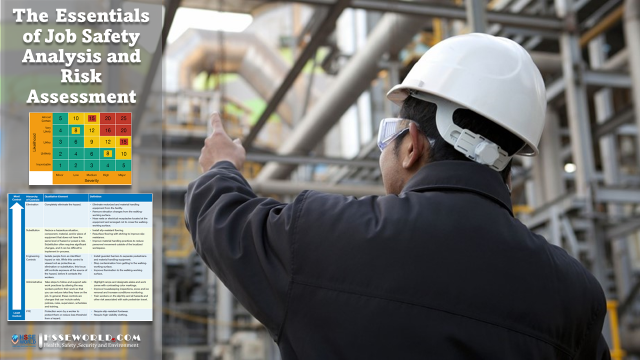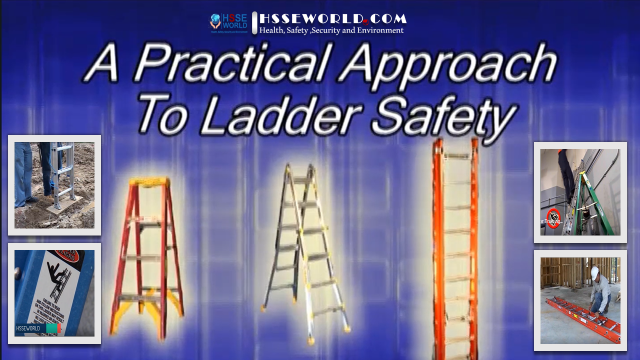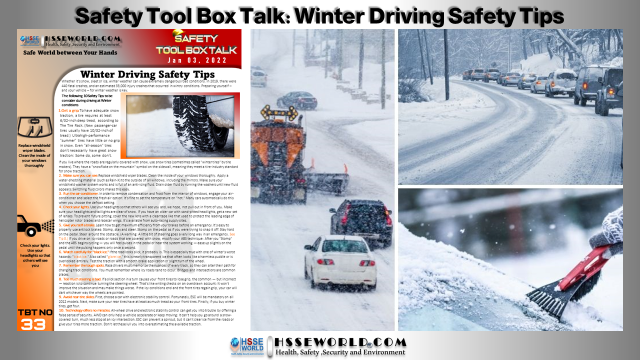Wearing personal fall protection equipment while working at height, including lanyards and self-retracting lifelines (SRLs), is the key to returning home safely...
Construction
Construction is a high-hazard industry that comprises a wide range of activities involving construction, alteration, and/or repair. Construction workers engage in many activities that may expose them to serious hazards, such as falling from rooftops, unguarded machinery, being struck by heavy construction equipment, electrocutions, silica dust, and asbestos.
In This section, we will provide Construction Safety information, tools, and resources to assist those in the industry – whether workers or employers – to identify, reduce, and eliminate construction-related hazards. The Resources will include and not be limited to blogs, Apps, Training Materials, Forms, Templates, and more
Welders take pride in their work after all, their welds are visible for all to see. To avoid injury, welders...
The goal for every employee working at height is to make it home safely at the end of every shift....
THIS Confined Space Guide has been developed to explain the hazards of confined space work and to assist employers in...
Harnesses are a critical piece of “personal fall protection,” and full-body harnesses are approved for use in: Fall arrestPositioningConfined space rescueLadder...
In December 2021, a concreter suffered serious injuries including a cervical spinal fracture and lacerations to his head and body...
Overhead power lines cause 40% of all electrically related fatalities, in the workplace. A majority of these accidents occur with...
Hot work operations such as welding, cutting, soldering, and any activities that involve using open flames or excessive heat can...
Health and safety officers are vitally important to larger companies, especially those involved in manufacturing and oil and gas. Not...
Harmful substances in transported goods, or chemicals used to fumigate containers can make workers inspecting or unpacking those containers sick....
The safe storage of hazardous chemicals is an essential part of Workplace safety. Chemical storage is complex there is no...
The proper and safe operation of cranes mainly falls to the operator. This means that both operators and managers must...
Many operators and laboratory staff are frequently exposed to chemicals that, if not handled properly, can cause severe harm or...
Automotive batteries contain hydrogen-oxygen gases that can be explosive. The acid inside the battery is highly corrosive and can cause...
Lockout and Tagout (LOTO) is a set of procedures that are used to ensure that equipment is shut down, inoperable, and (where...
Health and Safety at Work Key Terms by JW W Stranks. The book has been written principally as a revision...
What happened in this Safety Flash: An electrician installed fuses on a 930V DC electrical system while the system was...
Falls are the top workplace danger as recorded by insurance companies and government regulators. Fall protection plans are designed to...
Hand grinders are being used more frequently in the water utility industry, typically with jobs involving fabrication, mechanical, contracting, masonry,...
A safety observation report (sometimes known as a “safety card”) collects information about the safety of working conditions observed by...
Anyone who operates, cleans, services, adjusts, and repairs machinery or equipment should be aware of the hazards associated with that...
Job safety has come a long way in 50 years since the Occupational Safety and Health Act (OSH Act) was...
While ladder manufacturers strive to produce the safest ladders possible, a well-made ladder is not enough. This video discusses the...
Whether it’s snow, sleet, or ice, winter weather can cause extremely dangerous road conditions. In 2019, there were 440 fatal...




